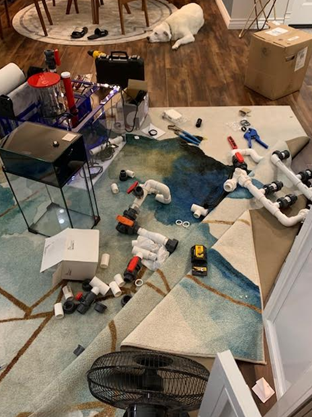Hi everyone, I’m super stoked to finally be posting my 6 month long build thread this week. This is my first build thread, and it has lots of DYI, from building a light box for the main display, to conversion of a media cabinet for control purposes, and drilling my first tank. It’s been fun, and I hope to see your comments in the coming days after posting.
For now, please enjoy these teaser pics!


For now, please enjoy these teaser pics!
Last edited:















